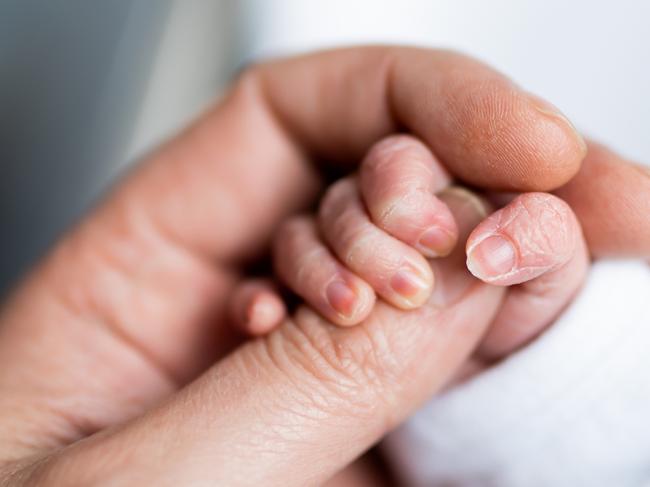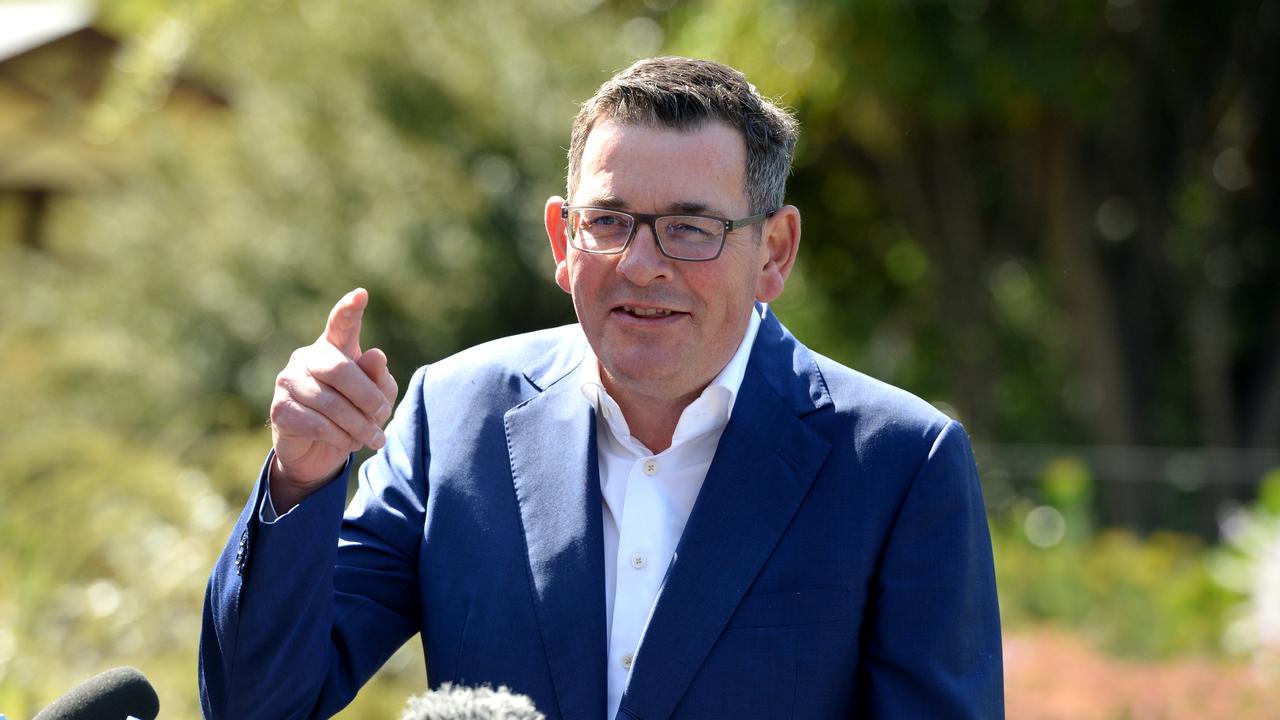Thirty-six babies dead after ‘adverse events’ in Victorian maternity healthcare
Shocking watchdog files have revealed that in five years, 36 babies died and many suffered harm after “adverse events” and errors in Victoria’s maternity healthcare.

Victoria
Don't miss out on the headlines from Victoria. Followed categories will be added to My News.
Thirty-six Victorian babies died – and a further 19 suffered harm including disability – after serious “adverse events” and errors in their mother’s maternity healthcare.
Health services reported 55 maternal sentinel events involving infants between 2017 and June 2022, with notifications rising to a record 12 – including six deaths – in the first half of 2022.
A government spokeswoman said this did not mean sentinel events – healthcare’s most serious adverse safety incidents – were rising, but reflected work to improve services’ reporting rates and “willingness to learn from patient harm”.
The data was obtained under freedom of information laws from Safer Care Victoria – established in 2017 after several preventable newborn deaths and stillbirths at Bacchus Marsh Hospital – and showed that 55 babies have since been harmed in sentinel events where “contributing factors centred around obstetric care of mother”.

The cases span public and private metropolitan hospitals, regional and rural health services.
The first half of 2022 – the latest data – recorded more cases than all of 2021 (9 cases), 2019 (11), 2018 (4) and 2017 (5) and put the year on track to overtake 2020’s 14 cases.
The government would not say if it knew whether reports had remained high, increased further or fallen in the past 19 months.
It comes after a Herald Sun investigation revealed doctors’ alarm over a spate of potentially preventable emergency department child deaths and near-misses, also in 2022, with the state government announcing reform last year.
But despite reports of obstetric incidents harming babies rising during this same period, this was not publicly discussed when the government announced “Safer Care for Kids”.
The previously unseen maternity data shows “deteriorating patient” – which typically refers to delays in staff recognising an illnesses’ severity – was the main factor in 24 cases.
Twenty were linked to “clinical process or procedure” issues, nine were “communication of clinical information” and two were “patient accident”, a category that covers accidental incidents including bed entrapments, drownings, excessive heat or fire.

Of the 19 surviving babies, 11 suffered permanent or long-term function loss, two permanent or long-term physical harm and two required lifesaving interventions.
Four babies’ outcomes were unknown.
A separate review of the state health incident system for underage patient cases — which covered some but not all services and was also obtained under F.O.I — noted the special care nursery and birth centre/suites were the top locations for the most severe incidents over four years.
The dataset did not provide individual details on the 55 cases, but two previously released annual SCV reports had discussed obstetric sentinel events which impacted mums and babies.
These included a heartbreaking case in 2017-18, when a mother lost her baby over a medication error, and 12 sentinel events in 2019-20 where abnormal foetal heart rates were misinterpreted.
There were a total of 35 maternal sentinel events that financial year, including the deaths of three mums and 16 unborn or newborn babies.
Melbourne obstetrician and Royal Australian and New Zealand College of Obstetricians and Gynaecologists vice president Dr Nisha Khot said she was not aware of the data until now, so it was difficult to draw conclusions.
But she said level of prematurity – including recent medical advancements allowing some babies born before 24 weeks to be resuscitated – and location could play a role.
“Of course, there are incidents that are happening within the hospital birthing systems where we know that there have been issues around safe staffing levels, things like that,” she said.
“The overriding thing would be to identify any trend in that data, which means that we need to do things differently.”
When asked if she was aware of any concerns, she said colleagues “very frequently” mentioned an increase in women seeking alternative methods “we wouldn’t necessarily recommend”.
“We have to take some responsibility for that, perhaps we have not listened to women in the past” she said.
“We only have the best interest of both mothers and babies.”
A government spokeswoman said any sentinel event was a tragedy and “independently investigated”, with the findings used by SCV “to make recommendations for improvement … all year-round” and identify potential emerging trends “that need addressing”.
“Public and private health services are now required to implement any recommendations from SCV in real time,” she said.
“Victoria has some of the highest quality and safest maternity and newborn services in the world.”
She said the increased reporting since SCV’s 2017 establishment reflected work to improve the “culture of transparency, reporting of safety risk issues and willingness to learn from patient harm”.
More Coverage
Originally published as Thirty-six babies dead after ‘adverse events’ in Victorian maternity healthcare




